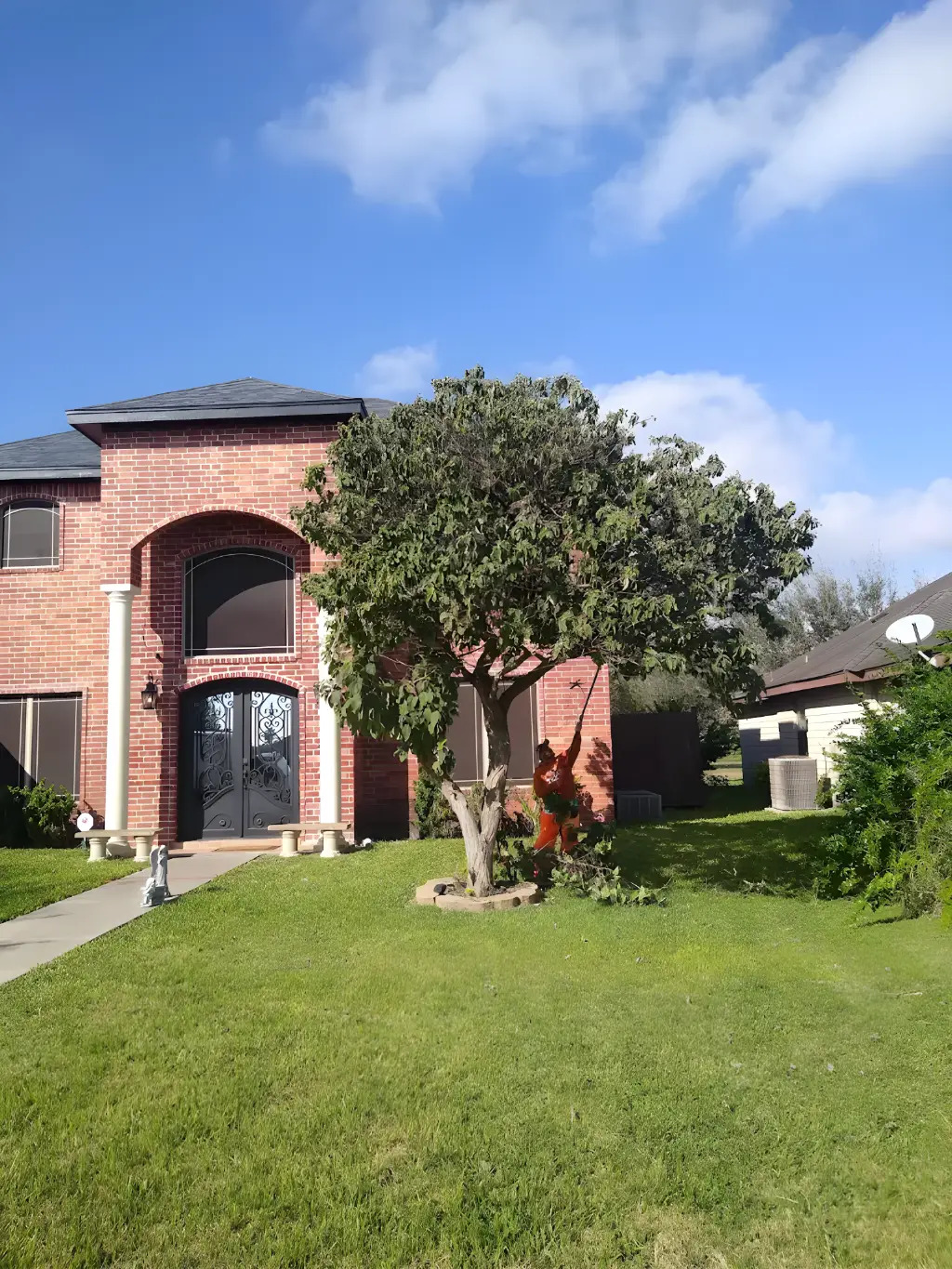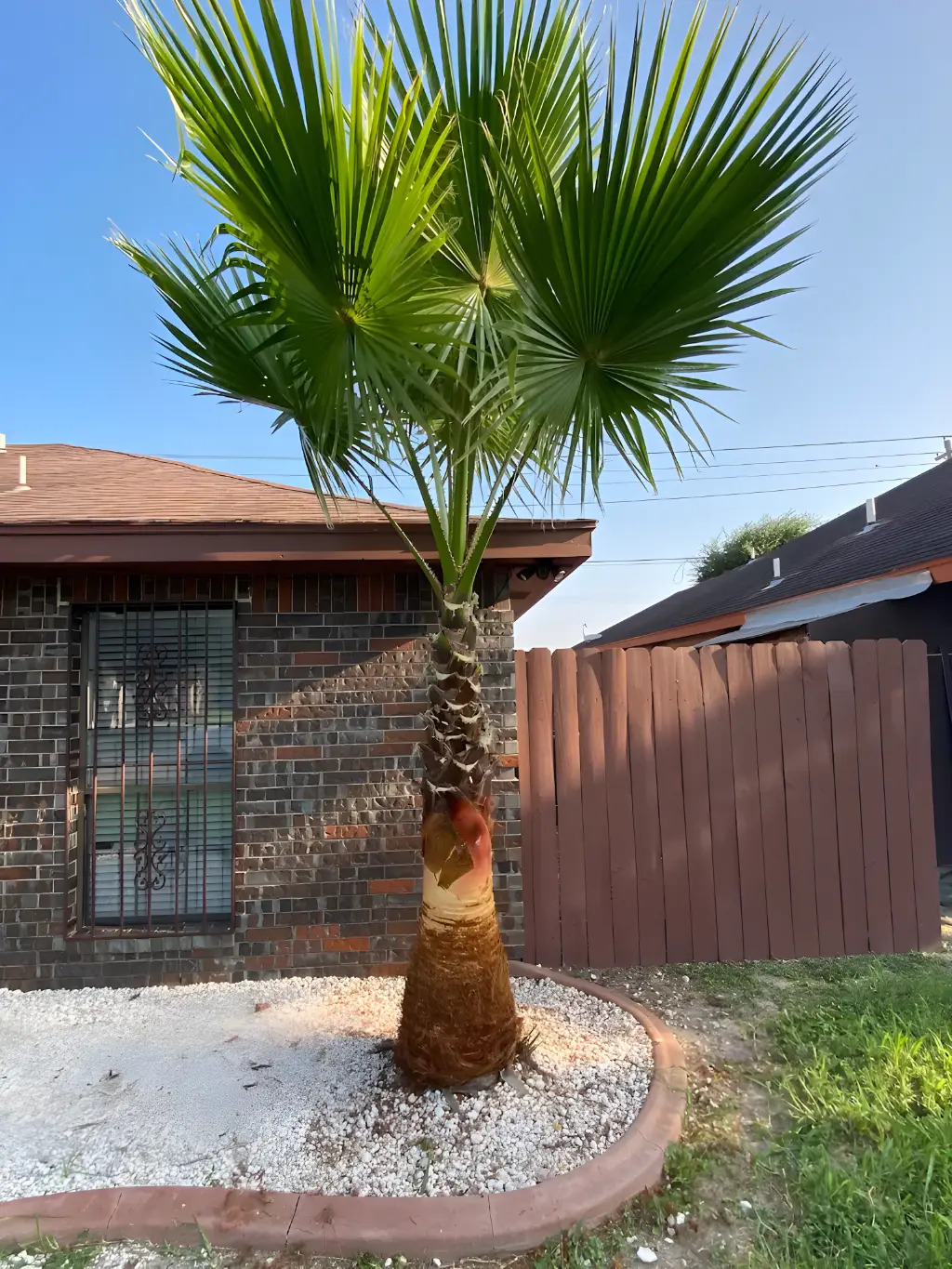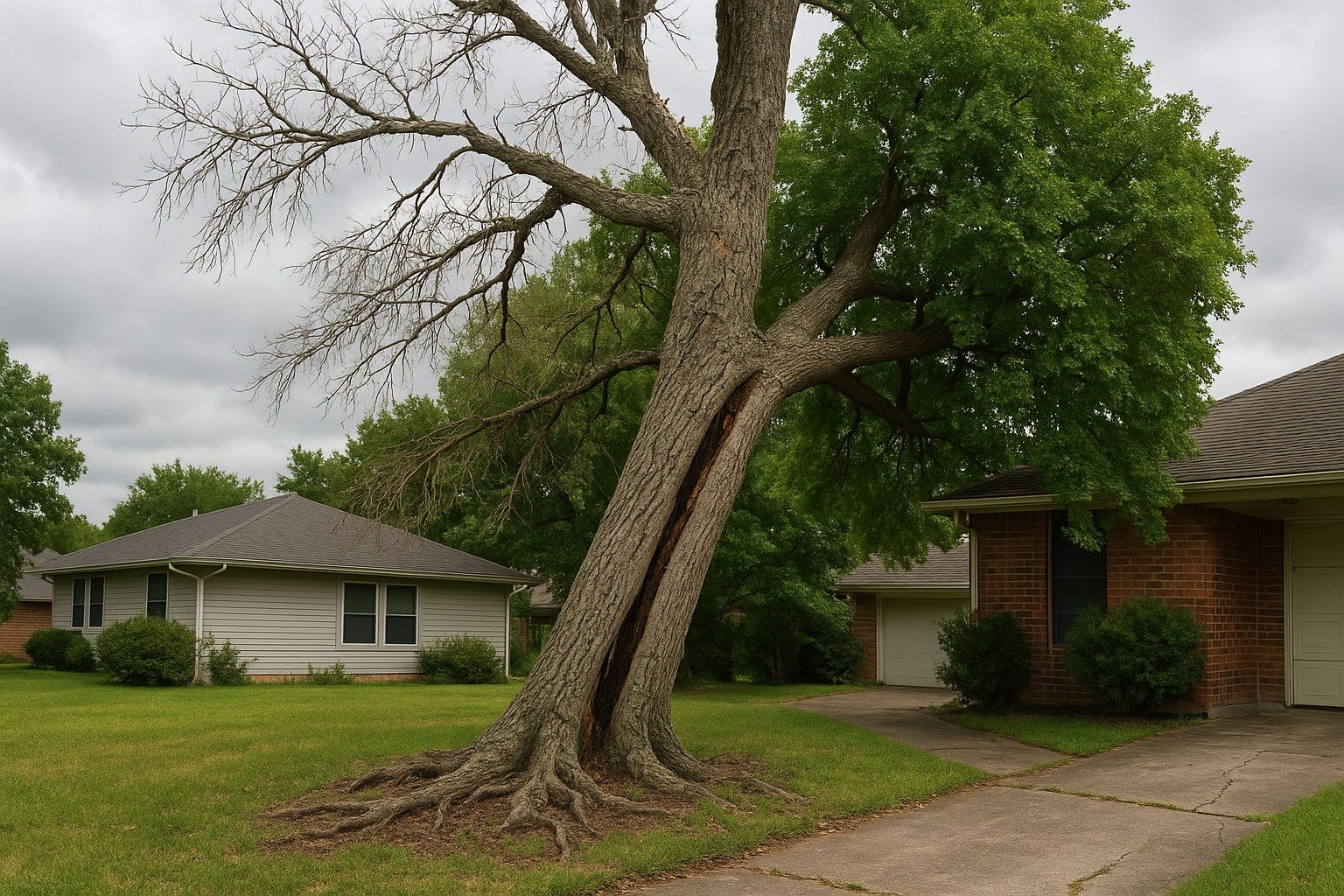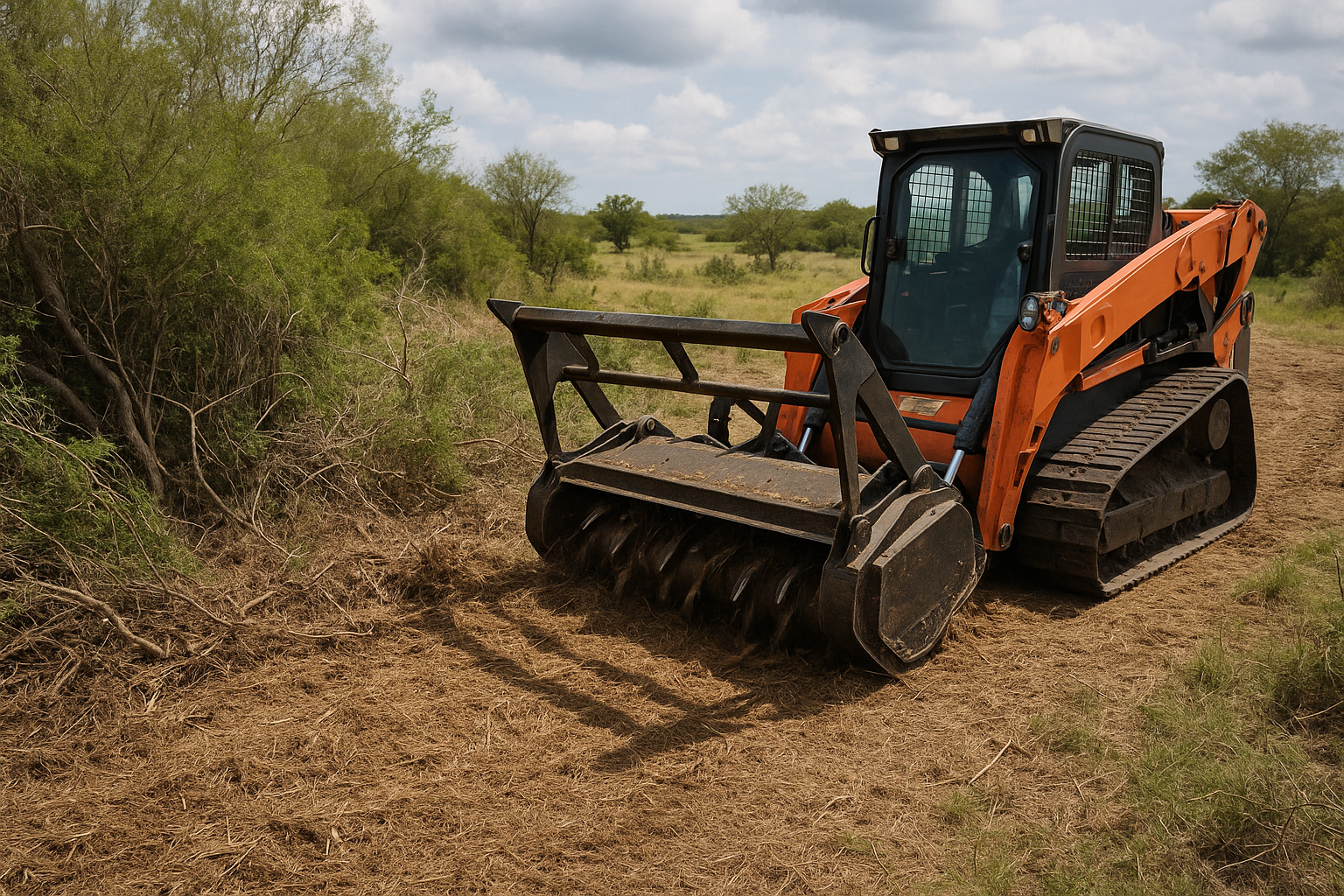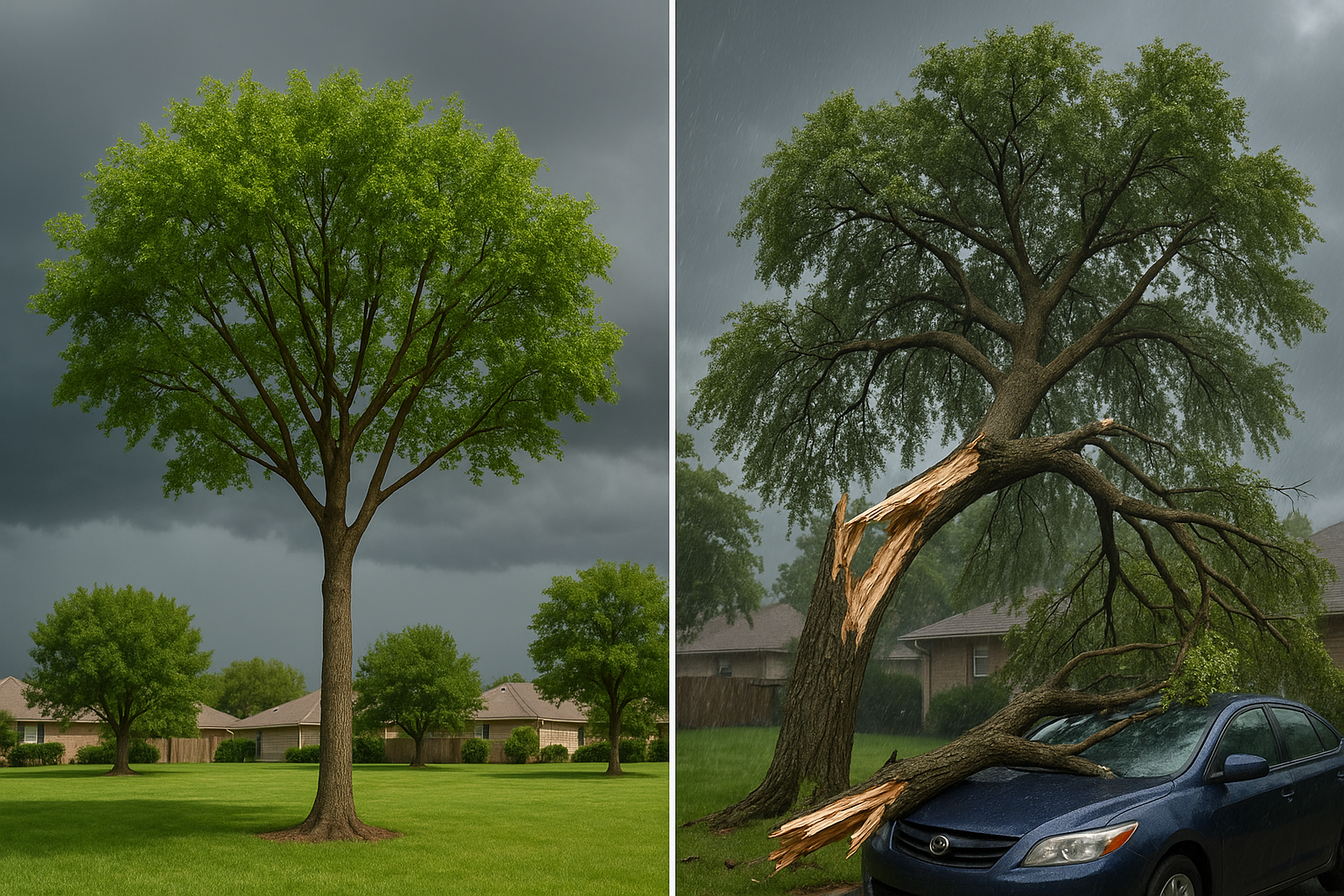How Tree Roots Can Damage Foundations In Harlingen
Tree roots don’t care about your foundation. They move in, push through soil, and leave cracks behind. In Harlingen, it’s common to see doors that stick, floors that tilt, and walls that split. These aren’t just signs of age. They’re proof that roots are winning the fight under your house.
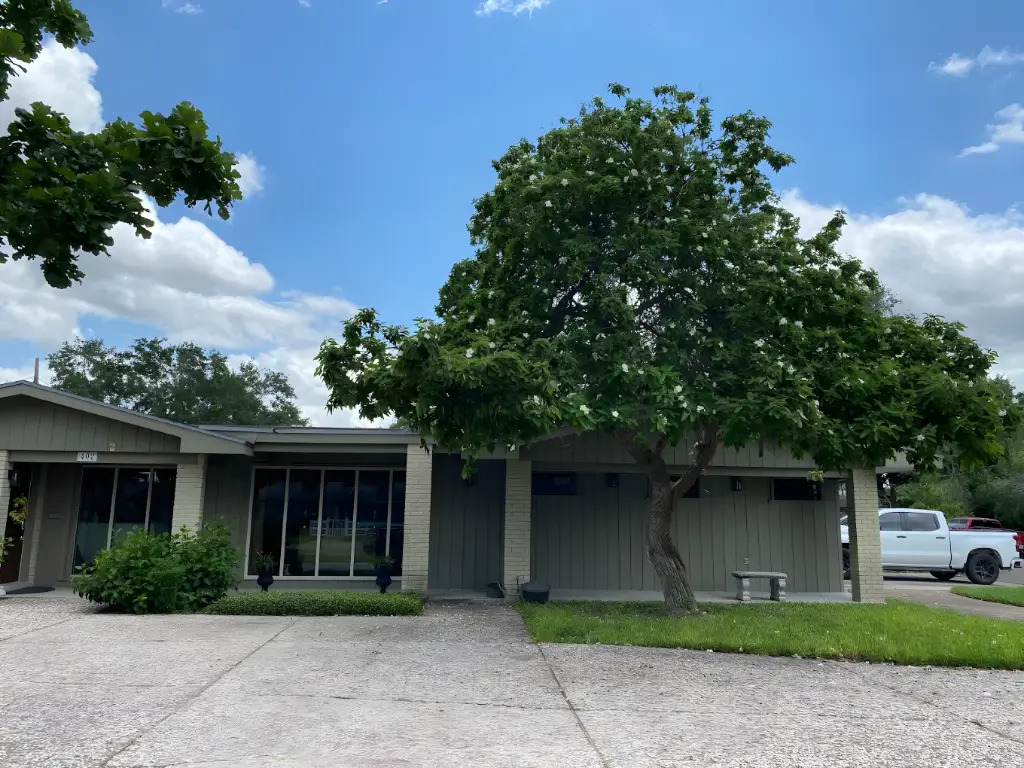
Spotting Trouble Early
Foundation problems rarely announce themselves with a bang. Instead, they creep in. You notice a new crack in the drywall. The front door sticks, even after you plane it down. Floors feel off, like you’re walking uphill in your own living room. These aren’t just cosmetic issues. They’re signals that something is moving beneath your feet.
- Floors tilt or dip in places that used to feel solid
- Cracks snake across walls, especially near windows and doors
- Windows jam or refuse to latch
- Roots push up through the soil near your foundation
- Moisture appears in basements or crawl spaces where it never did before
- Gaps open between walls and ceilings or floors
These changes don’t fix themselves. When you see them, it’s time to bring in professional tree care experts who know Harlingen’s soil and root behavior. Ignoring the signs lets the problem grow. Repairs get bigger. Costs climb.
Trees That Cause the Most Damage
Some trees play nice with foundations. Others don’t. In Harlingen, oaks top the list for trouble. Their roots stretch far, sometimes three times wider than the canopy. Mesquite trees dig deep and wide, searching for water in dry spells. Palm trees might look harmless, but their roots can still find their way under slabs if planted too close.
Roots don’t stop at the edge of the lawn. They follow moisture. When the ground dries out, roots push under foundations, looking for water trapped beneath. Pressure builds. Concrete cracks. The house shifts. It’s not just the big trees, either. Even smaller species can cause headaches if they’re planted too close or left unchecked.
What Roots Do to Concrete
Roots don’t punch through concrete like a jackhammer. They work slowly, but they’re relentless. As they grow, they press against foundation walls and slabs. Over time, that pressure creates tiny fractures. Water seeps in. The cracks widen. Soil shifts. The foundation settles unevenly, and the house above starts to show the strain.
In some cases, roots pull moisture out from under the slab. The soil contracts. Gaps form beneath the concrete, and the foundation loses support. Floors sag. Walls bow. The damage spreads. Once roots get a foothold, they rarely stop on their own.
When Removal Is the Only Option
Don't try to handle big tree roots by yourself. Cut the wrong root, and you might make the tree unstable and dangerous. Plus, you could leave your foundation open to more damage. At Gold Tree Trimming, we check all the risks and pick the right fix for your yard.
Planting for the Long Haul
Smart planting decisions save money and headaches down the road. New trees need space, at least 20 feet from the foundation, more for oaks and other large species. That distance gives roots room to grow without threatening your home. During planting, root barriers can redirect growth away from the house. They’re not foolproof, but they buy time and protect the slab.
Maintenance matters, too. Regular trimming and crown maintenance keeps trees healthy and limits root spread. A well-maintained tree is less likely to send out aggressive roots in search of water. When in doubt, ask for help with tree planting and placement. The right advice at the start prevents years of trouble. We help Harlingen homeowners make smart choices about tree placement and species selection, so roots don’t become a future problem.
- Plant large trees far from the house, 20 feet or more
- Use root barriers during planting
- Keep up with trimming and crown maintenance
- Monitor soil moisture to discourage roots from chasing water under the slab
Why Harlingen Homes Face Extra Risk
Harlingen’s soil doesn’t play by the same rules as other regions. It shifts with the weather. Dry spells pull moisture out, and the ground contracts. Heavy rains flood the soil, making it swell. Roots exploit every change, moving toward water and away from dry patches. Foundations take the brunt of this movement. Houses that sit level one year can tilt the next.
Older homes feel it first, but even new construction isn’t immune. Builders can’t always predict how roots will behave over decades. That’s why ongoing monitoring and maintenance matter. If you’re unsure about the risks, our professional assessments can help you spot trouble before it becomes costly.
Protect Your Home's Foundation Today
Gold Tree Trimming brings decades of local knowledge to your property. Call us at 956-844-0423 or contact us for a thorough assessment of your trees and foundation risks.
‹ Back



